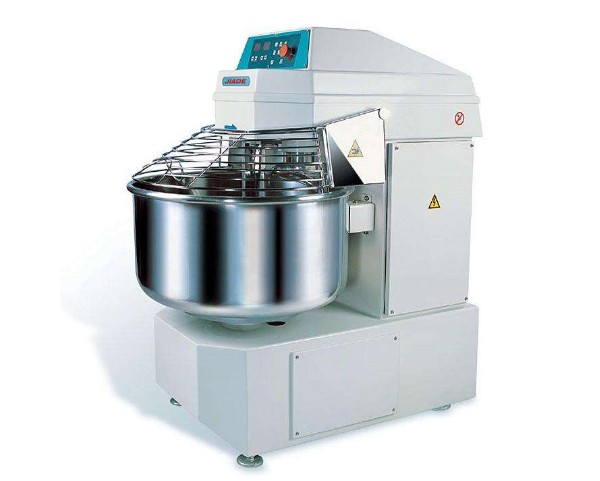What Are The Classification Of Kitchen Dough Mixer
The kitchen dough mixer can be divided into commercial and household. As the name implies, the commercial noodle making machine is generally used in restaurants, canteens, steamed bun rooms, pasta processing units, and the household is generally a small device used by families. Commercial kneading machines are everywhere on the market. Kitchen dough mixer is best to choose the brand of a big manufacturer for commercial kneading machines, the quality and after-sales are guaranteed.
The dough mixer is divided into ellipse type, blade type and paddle type according to the type of twist bar. There are three types of Yinying's noodle making machines: HWT/HWY/HWJ. J-type twist bars are relatively low in noise and suitable for noodle making units in residential areas. The most commonly used is the T-type screw. The dough mixer is classified according to the dough volume. Different from the type of the noodle machine, the amount of noodles is different from 12.5 kg to 200 kg at a time. The steamed buns in the bun room usually use 50 kg, 75 kg, and 100 kg of noodles at a time. With the use of different bun machines, round buns and square buns can be made.
According to the different materials, the kitchen dough mixer can be divided into ordinary materials (namely paint materials) and stainless steel materials. Stainless steel is easy to clean up and will not paint off when used. Stainless steel dough mixers are commonly used. Selecting the kitchen dough mixer must choose a big brand, with quality and after-sales guarantee, kitchen dough mixer is also safe to use.

